Bear Grylls Compact Fixed Blade - Small Review
- Thread starter JonathanD
- Start date
-
Come along to the amazing Summer Moot (21st July - 2nd August), a festival of bushcrafting and camping in a beautiful woodland PLEASE CLICK HERE for more information.
You are using an out of date browser. It may not display this or other websites correctly.
You should upgrade or use an alternative browser.
You should upgrade or use an alternative browser.
A couple of people have told me they don't like the serrations because they are fiddly to sharpen and difficult if not imposible to maintain in the field. Hopefully, this post will go some way to amend that myth.
The serrations on the Gerbers are ground on only the one side, the other side being far more plain and not so deeply grooved ...

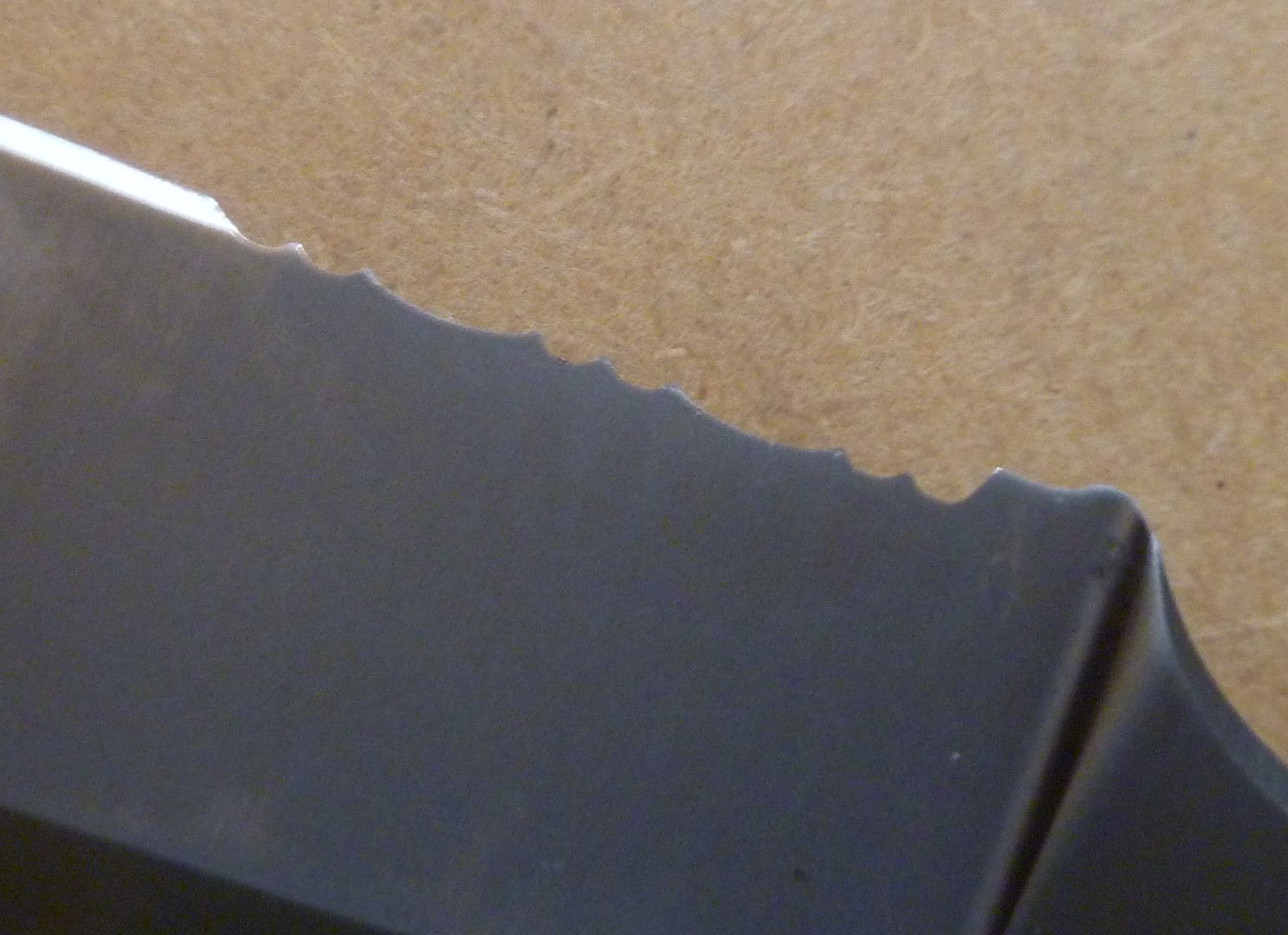
Using a flat stone like a DC4, it is that reverse plainer side you sharpen, leaving the deeply grooved side well alone. You just sharpen as you would the fine edge on the rest of the knife and follow that same angle of the secondary bevel on the plain edge...

Just use one motion from the serrated edge up to the fine edge and tip. When you sharpen the other side of the knife, you just sharpen the fine edge. Eventually you will get a secondary bevel on the reverse of the serrated edge which blends in to the plain edge and it will be as sharp as it was when new.
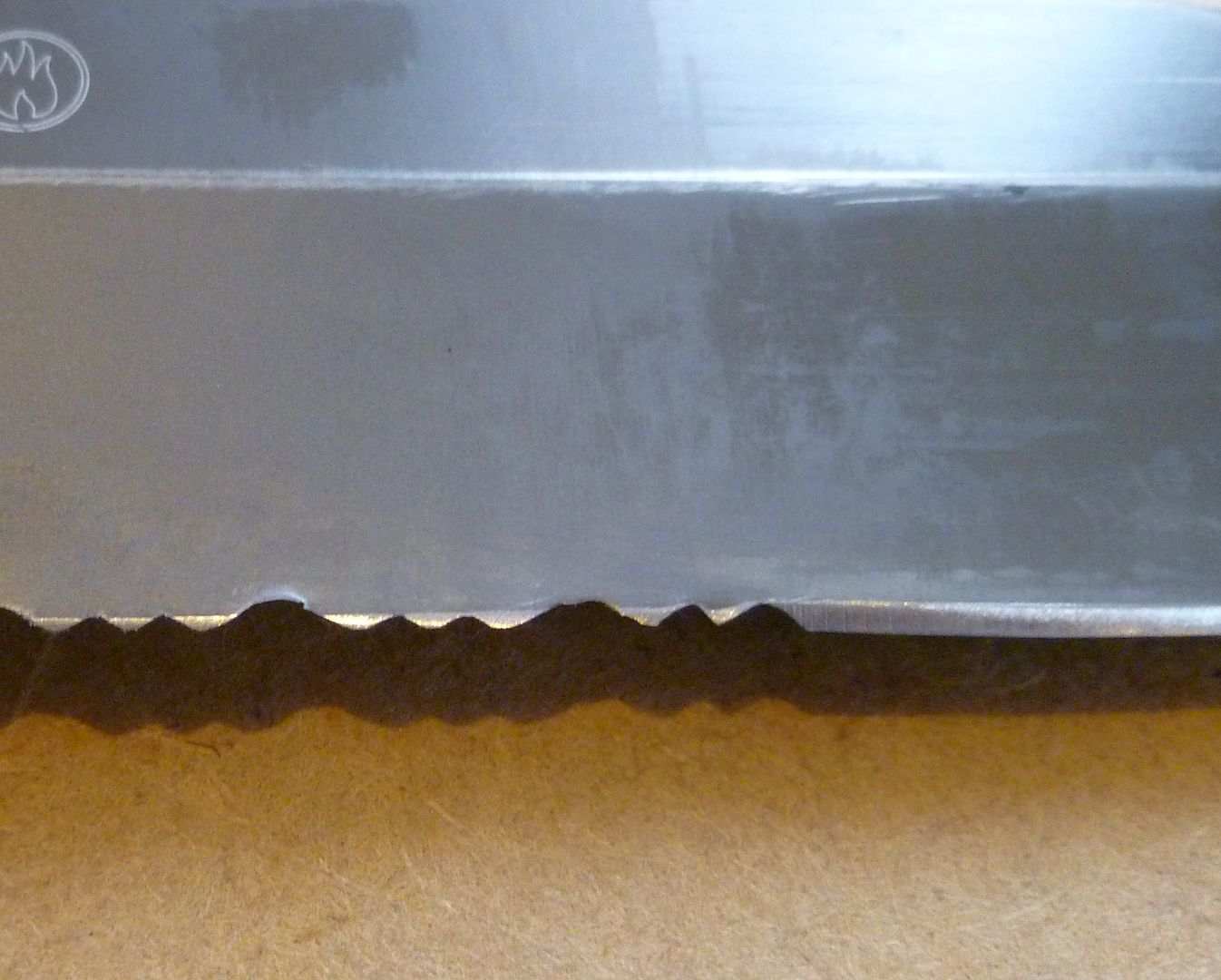
It's that simple.
You can of course use a small ceramic rod to pay attention to the ground side of the serrated edge. But like most, I can't be bothered with that hassle. This method works and takes half the work to maintain than the plain edges as you are only sharpening the one side. Eventually the serrated teeth will wear down to nubs, but they will still be sharp and perform well. After the first sharpening, they also will never roll again.
The serrations on the Gerbers are ground on only the one side, the other side being far more plain and not so deeply grooved ...


Using a flat stone like a DC4, it is that reverse plainer side you sharpen, leaving the deeply grooved side well alone. You just sharpen as you would the fine edge on the rest of the knife and follow that same angle of the secondary bevel on the plain edge...

Just use one motion from the serrated edge up to the fine edge and tip. When you sharpen the other side of the knife, you just sharpen the fine edge. Eventually you will get a secondary bevel on the reverse of the serrated edge which blends in to the plain edge and it will be as sharp as it was when new.

It's that simple.
You can of course use a small ceramic rod to pay attention to the ground side of the serrated edge. But like most, I can't be bothered with that hassle. This method works and takes half the work to maintain than the plain edges as you are only sharpening the one side. Eventually the serrated teeth will wear down to nubs, but they will still be sharp and perform well. After the first sharpening, they also will never roll again.
They won't release this as a plain edge version. They have released an exclusive Compact that is similar though..
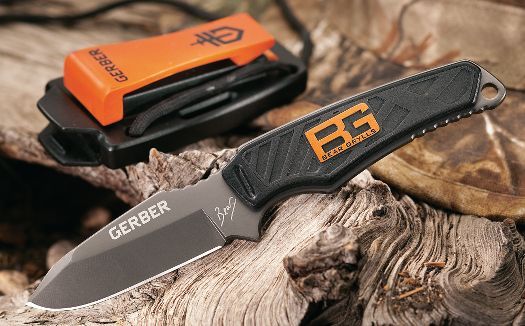

Great review JD, Looks a little cracker of a knife, have to say I prefer the look of the limited plain edge 
SWEET! I away working for the couple of weeks
I away working for the couple of weeks will look forward to getting silly after being sensible for so long!
will look forward to getting silly after being sensible for so long!
Ah, forgot about that. Good luck mate. It should be here by then and I'll send you both versions along for you to play with.
Don't fall in love with those antler jobbies, they will beguile and tempt you with their wickedness. Too late for me.
Don't fall in love with those antler jobbies, they will beguile and tempt you with their wickedness. Too late for me.
Hahahahaha I have but one task, to acquire the antler jobby! that and get the word Shnoogens in to every day language
They won't release this as a plain edge version. They have released an exclusive Compact that is similar though..

Wouldnt mind a look at one of them myself JD. For a back up light carry option..
Give us a shout please fella when you know of the whereabouts in the UK..
Top review by the way.. Really enjoyed it..
Andy.
Are you the official BG/Gerber rep in the UK, JD? Or just an enthusiast? Just wondering how you know when they're landing here?
Wouldnt mind a look at one of them myself JD. For a back up light carry option..
Give us a shout please fella when you know of the whereabouts in the UK..
Top review by the way.. Really enjoyed it..
Andy.
Cheers Andy. I think those plain edge versions are an exclusive only available from one US company. I'll investigate further and let you know.
Are you the official BG/Gerber rep in the UK, JD? Or just an enthusiast? Just wondering how you know when they're landing here?
I asked at Heinnies.
Cheers Andy. I think those plain edge versions are an exclusive only available from one US company.
That'll explain why I couldn't find one earlier, there's only so many pages of black and orange google images I can take before admitting defeat.
If you get any info I'd be interested too Jon
JD
What holds the knife in the sheath? It looks from the pictures that it might be piece of plastic that bends and would break over time. Seems to me that coming out of it's sheath is a potential problem with some nasty consequences, particularly if it's in a pocket.....
What holds the knife in the sheath? It looks from the pictures that it might be piece of plastic that bends and would break over time. Seems to me that coming out of it's sheath is a potential problem with some nasty consequences, particularly if it's in a pocket.....
The retention is solid and the clip that retains it is reinforced and large. No chance of it failing or breaking with use. The plastic used is tough and thick.
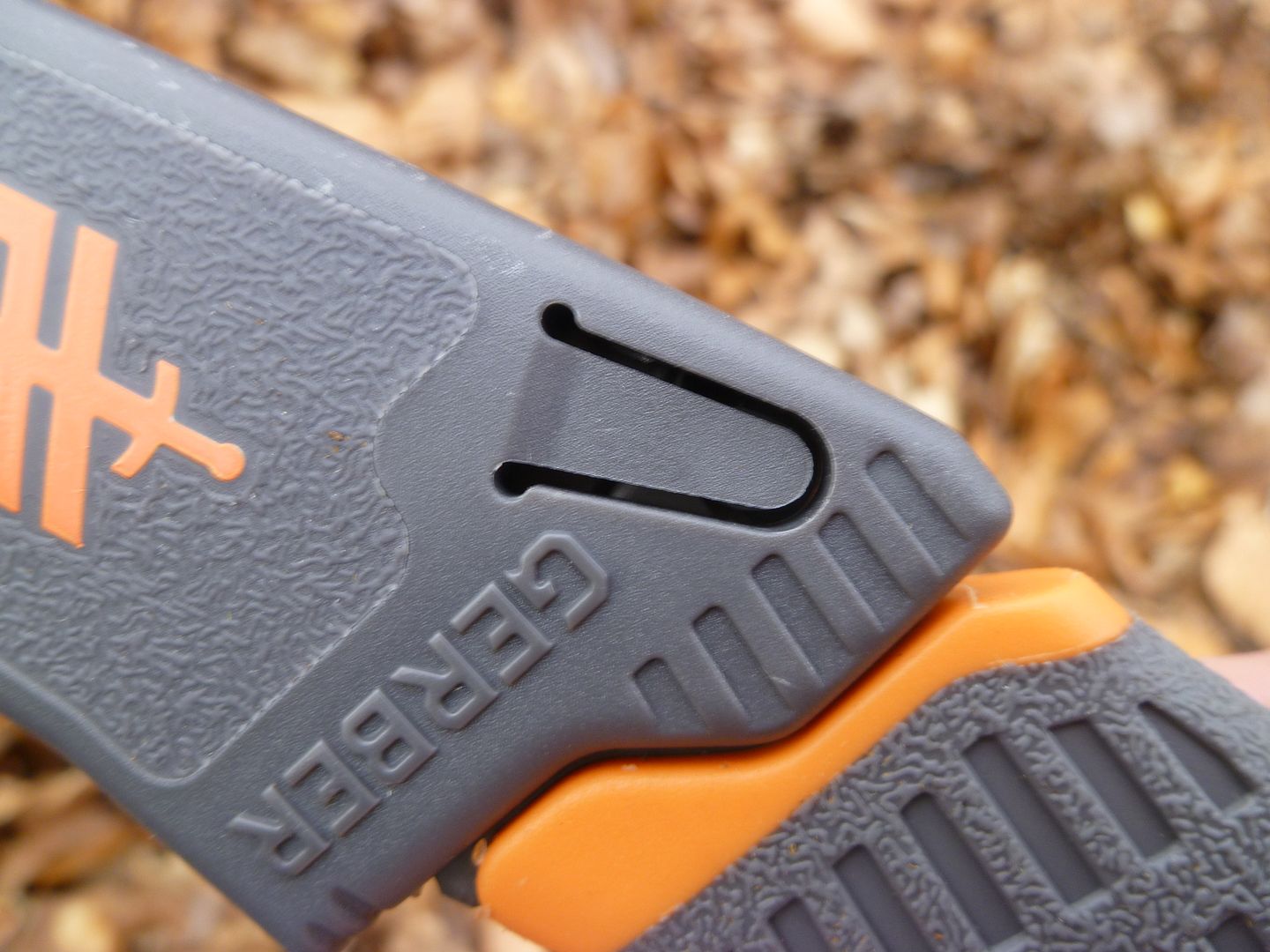
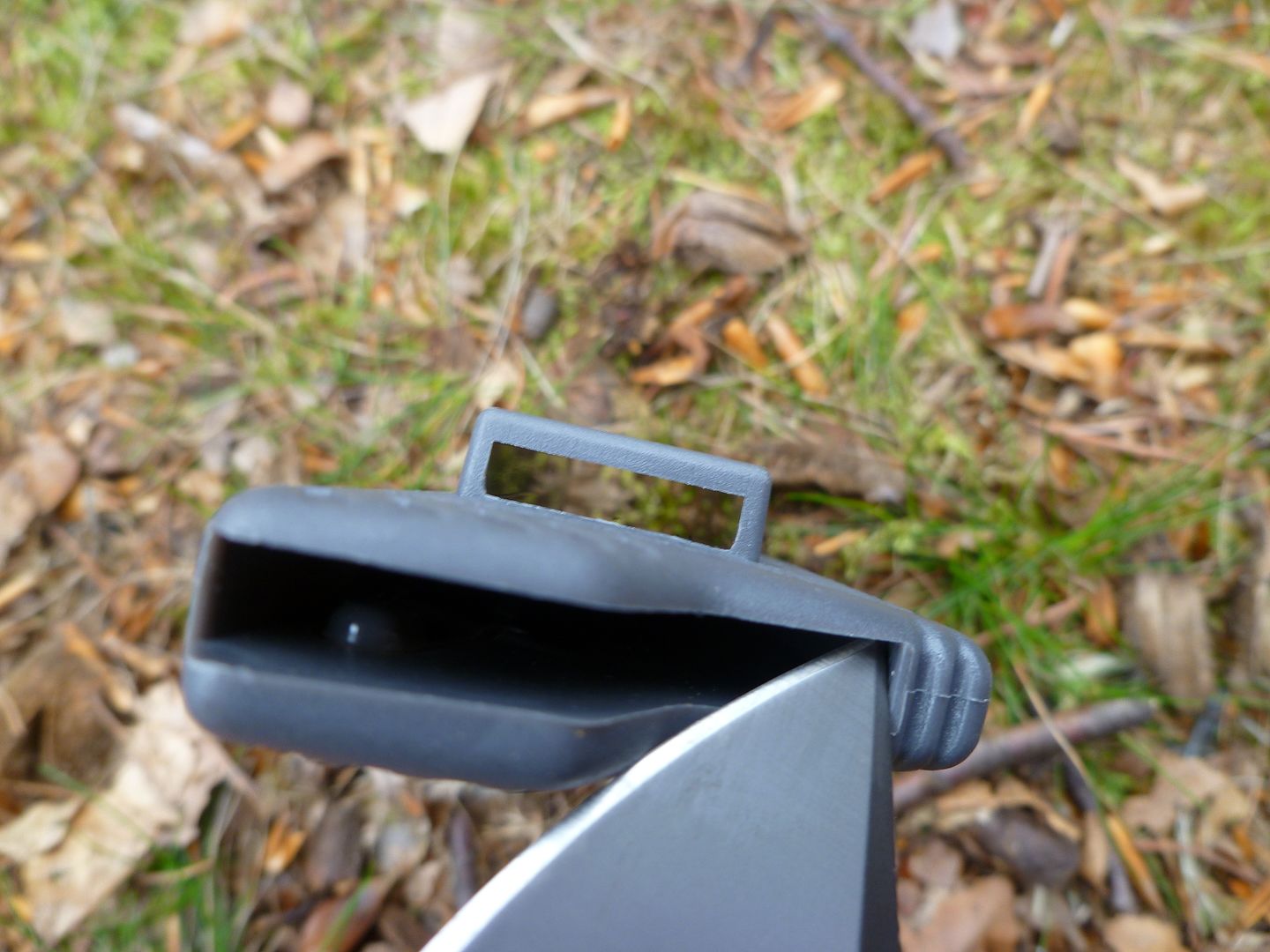


Thanks JD. Good Review. Seriously considering and like others also interested in info on the Limited Edition plain edge.The retention is solid and the clip that retains it is reinforced and large. No chance of it failing or breaking with use. The plastic used is tough and thick.
From this picture, it seems the retention system is very different. It clips into two grooves either side of the scales.


I also ordered one from http://www.piplers.co.uk/5161/Gerbe...oogle&utm_medium=froogle&utm_campaign=pid5161
£26.99, and free delivery
The very place, the p**ser is my oldest daughter & family lives a mile away from the Quay, I was there at the weekend with my wife & 17 year old son we went to the Quay, if they had been in stock I could have picked it up, however with no new toy to play with & distract me I went and ordered a new car...
Similar threads
- Replies
- 5
- Views
- 295
- Replies
- 12
- Views
- 557
- Replies
- 7
- Views
- 315
